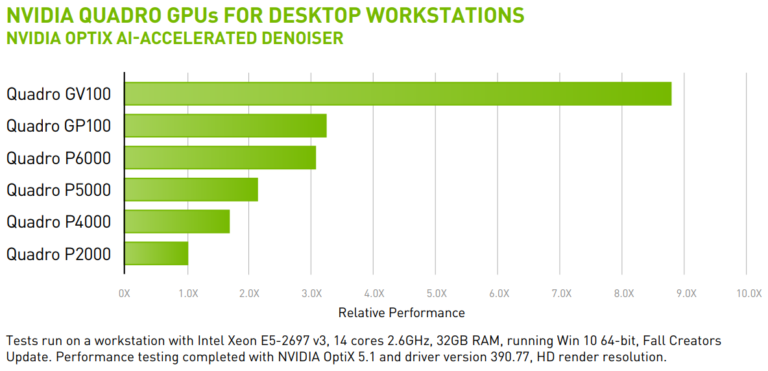I doubt there will be any sort of dedicated hardware for RT, PowerVR already tried it ages ago without getting any real tractiong (of which I'm aware of)My guess is the GV104 will be quite a bit larger than GP104.
But let me indulge in some wishful thinking for a second... weren't Tesla P100 and GTX 1080 released in relatively quick succession? I think it's been over a year since the V100 release, so maybe the architectural differences between the data-center and gaming lines of Volta are greater than for Pascal. From what I remember, the ray-tracing demos we've seen so far were running on multi-GPU V100 workstations with obscene price tags. At the same time, it's not really clear how much hardware V100 dedicates to accelerating ray-tracing. If the answer is "not much", and gaming-Volta could bring that sort of image quality within consumer reach, it would certainly motivate me to upgrade, even if the performance uplift in other scenarios were unimpressive.
The current NVIDIA demos use Tensor cores to accelerate the denoising algorithms (which are used to lighten the load by simply simulating less rays and guesstimating the rest)
Tensor cores are also where it becomes "tricky" for NVIDIA - they are limited to certain types of calculations which are next to useless at least on current games and I dare to say for foreseaable future too, outside perhaps some special gameworks-shenanigans and the previously mentioned RT (which isn't used in games yet)
So how much silicon can you really waste on them?

